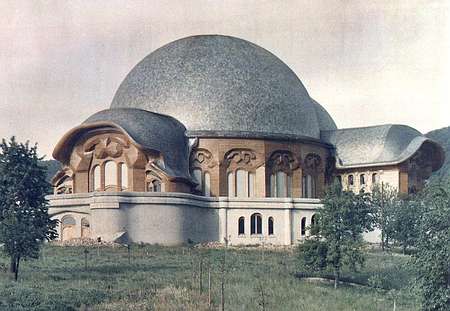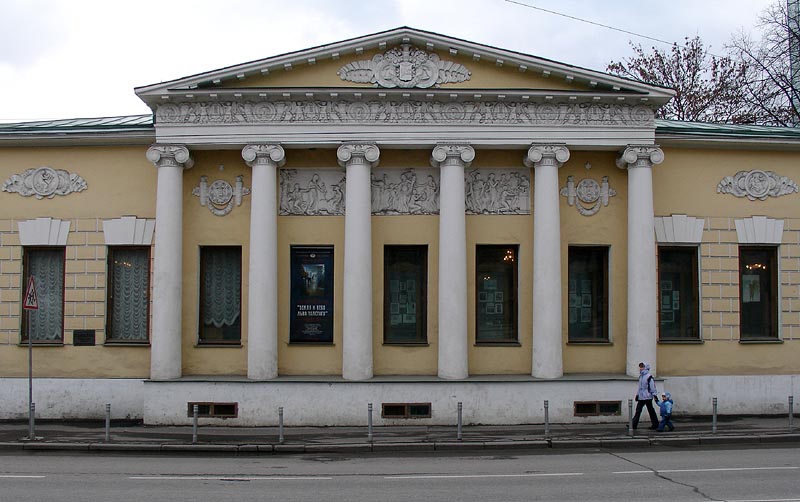Je vais mettre juste, les symboles qui ressort, par contre cela va être un peu répétitif, par ce que je n'ai pas encore finit cette recherche, du coup, je n'arrive toujours pas à savoir, pour ils favorisent les Hommes...: Alors voilà les symboles, qui sont le soleil (la lumière et la vie), le phallus (la guerrier, la force et la reproduction), dans les deux cas, il représente renouvellement de la vie (le garçon, dans le symbolisme devient un symbole d'éternité, (en plus du symbole de la lumière, malgré qu'ils associent les femmes à la magie) en tout cas c'est confirmé dans ce lien Français, qui représente le symbole de l'enfant, qui représente la naissance (le début de l'Univers et donc le début des matériaux (et surement les matériaux pure)):
https://www.erudit.org/fr/revues/etudfr/1983-v19-n3-etudfr1668/036806ar.pdf):
Et donc tout d'abord, le garçon est lié au Dieu, et donc à la lumière, à la vie. Je pense, que c'est principalement. L'autre et surement principal, est comme je l'ai dit, aux files des ans, les gens ont associés au physique, le mentale. Et comme les gens disent, la fausse idée, que l'Homme doit être dehors, alors que la femme doit resté à la maison. Et la peur de l'Homme, de perdre sa place,. de dominant, mais aussi de fainéantise. Et comme beaucoup trop de femme ont laissés faire... par amour ou par idéologie, mentalement inscrite, et sans avoir la moindre réflexion. Où encore, une question de peur ou de religion. Et l'idée que la femme ne fait rien, en restant assis alors que c'est l'inverse. Ce qui fait, que la maison devient la prison. Malgré que la lumière serait née des ténèbres, sans elle, il n'aurait pas de vie. Ce symbole de vie, accompagne celle de la chaleur, et de la lumière. Ce qui s'associe au soleil, à l'inverse de la femme. D'ailleurs, l'une des deux représentations du Dieu Solaire, la partie de l'aurore, il porte comme je l'ai dit précédemment, des cheveux et une barbe, il s'associe alors au lion.
Le premier Dieu est le Dieu de la lumière et de la vie, de la chaleur et de la sécheresse, qui est dans certains religions, qui est le Dieu de l'enfer (à cause qui assèche la terre, mais qui peut s'associé, à son rôle de Dieu du Paradis).
Le second Dieu est comme Zeus... Odin, mais aussi la colère du Dieu Catholique: (puisque; lorsque Jésus est sacrifié, Dieu, il a de l'orage, à noter que Jésus "pleure" de penne, ce qui accompagne, ce second Dieu. Il est le Dieu de la force, car il retient, que la lumière ne tombe dans les ténèbres (dans les cartes Taros, la force est lié à la Déesse, qui ouvre la gueule du lion, le premier Dieu). Il est aussi le Dieu de la colère: il est lié au vent, à la pluie. Une pluie qui est aussi lié à la partie de la fertilité, celle qui nourrit la terre. Mais qui peut aussi tuer, en la noyant.
Le second symbole est le phallus. L'obélisque au centre des quatre éléments, au Vatican par exemple: dont le symbole solaire est point dans un cercle. Je pense vient du faite, que pour regarder, leurs solaires sur le sol, est d'ailleurs diviser pour le panneau solaire, que la représentation sexuel, mais c'est mon avis. Le phallus est présente sur les tombes. Elle fut remplacée par une simple pierre, comme en Afrique, dont pourtant énormément de représentation de phallus sont redécouverts. Un seul peuple continue le rituel, quand j'y pense, les plus âgés cachent la pierre, et les jeunes vont la cherchés pour la poser sur la tombe du guerrier. Ce qui me fait pensé au cycle de la vie. Où le passage, de celui qui est décédée, donnant le relais aux jeunes. Il existe aussi une fête du phallus au Japon. Le phallus est associé au guerrier, à la force physique.

 t.me
ELITE ENCLAVE TO BE EXPOSED
t.me
ELITE ENCLAVE TO BE EXPOSED















































